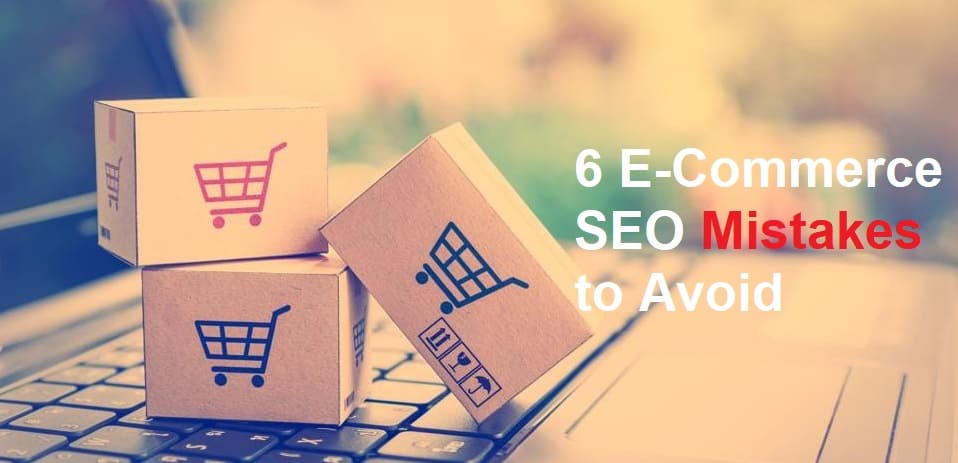E-commerce sales have been growing at an incredible rate in recent years, and with the COVID-19 pandemic lockdown in full swing, the sales are expected to grow. Most businesses are still trying to make sense of how to handle the increased sales and traffic on their website. And several businesses are losing out on the increased sales and visitors online looking for shopping online. E-commerce SEO is a great way to take advantage of all the increased traffic on the web. There are several common eCommerce SEO mistakes that every new online selling business makes.
Top SEO companies for E-commerce businesses help businesses to avoid eCommerce mistakes. Here are some of the common E-commerce SEO mistakes made by new businesses.
Basic E-Commerce SEO Mistakes to Avoid
1. Incorrect or Insufficient Product Description
One of the biggest mistakes a new E-commerce business can make is not mentioning the details of its products ideally. Some products are hard to describe, especially related to textiles, garments, and gifts. To increase sales for your business, you need to make sure that you spend more time writing perfect descriptions for your products.
Insufficient and non-existent product description raises red flags for customers, especially when customers are on your website for the first time. Plus, not having a good enough product description is also bad for search engine rankings. The endpoint is that you can’t list products without having ideal product descriptions.
2. Using Seller’s Description Content
It is also a good SEO practice to put a description of products offered by sellers and manufacturers. It may or may not help with sales or visitors, but when it comes to search engine rankings, it can help in boosting the rankings. But if other websites have the same products, all the websites will have the same product description. The idea is to create a unique description for each and every product that makes sure that you’re ranking on top.
3. Encourage Customers to Leave Reviews
Almost all buyers make their purchasing decisions based on product descriptions and look and reviews and ratings. The best way to decide if a product is worth the money or not is by reading real-time reviews. If your products have no reviews or no customer feedback, not a lot of customers will buy the products. Plus, reviews can also help the pages rank easier. When you send a product confirmation by email, it will be a good idea to ask your customers to leave reviews. Most customers will be more than happy to leave a customer review if you ask them to leave one.
4. Not Optimizing Pages Based on Keywords
Another common SEO mistake for E-Commerce websites is not using enough keywords. Your pages rank on search engines based on the number of keywords that revolve around popular search queries. As a rule of thumb, the keywords should be in headings, titles, and product descriptions. You should also use the brand name and model number in the heading, and alternate text for images. But you shouldn’t stuff keywords that can have a negative impact instead of helping you rise through the ranks.
5. Redundant Titles
E-commerce websites have to deal with a lot of similar products and brands. It can be extremely tough for a business to have a unique title for every product page. Also, using similar keywords for all the titles can cause you to be filtered from search engine results. One way to create unique titles is to indicate the model number and brand name in the title.
6. Not Creating Better URLs
Intuitive URLs which are also known as keyword-friendly URLs are a great way to improve your page ranking on search engine pages. Not creating keyword-friendly URLs is one of the most common mistakes of E-commerce SEO. Your URL should contain product names instead of product IDs that are impossible to understand. It also helps visitors understand exactly what they’re clicking on. Using keyword-friendly URLs is the best way to rise through the rankings quickly.





